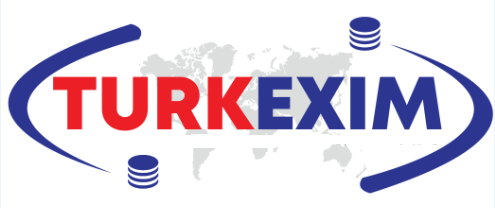FREE EXCHANGE REGIME | DEFINITION
WHAT DOES FREE EXCHANGE REGIME MEANS?
The free exchange regime (free-floating exchange rate regime) is a currency system in which the value of a country's currency is determined by the forces of supply and demand in the open market, without any intervention from the central bank or government. In this regime, the exchange rate freely fluctuates based on the natural factors of supply and demand.
Under the free-floating exchange rate regime, economic factors such as a country's trade balance, interest rates, inflation level, and investment flows can influence the exchange rates. Therefore, the exchange rate is determined by the prevailing supply and demand conditions in the market.
In this regime, the central bank does not intervene to regulate the exchange rates. However, in certain situations, the central bank may intervene in the foreign exchange market. For example, during periods of excessive volatility or speculative attacks, the central bank may intervene to stabilize the exchange rates or limit excessive fluctuations.
The free-floating exchange rate regime can enhance the effectiveness of a country's monetary policy and provide flexibility in responding to external shocks. However, it can also increase exchange rate volatility and uncertainty, particularly when susceptible to speculation in the foreign exchange markets.
While some countries adopt a free-floating exchange rate regime, others may prefer fixed or managed exchange rate regimes. The choice of exchange rate regime depends on various factors, including a country's economic policies, trade structure, level of external debt, and the depth of financial markets. Each country selects the exchange rate regime that is most suitable for its own economic conditions and objectives.
Yorumlar - Yorum Yaz
